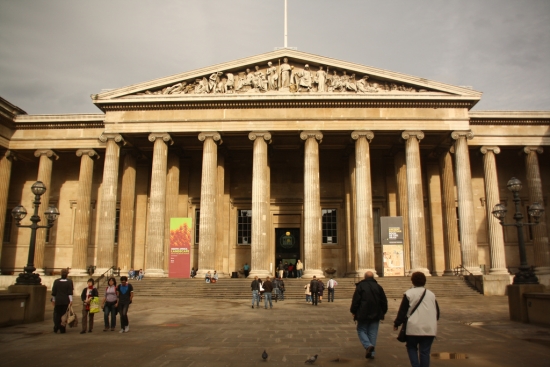The tourism industry in the UK received a welcome boost last year when the Queen’s Diamond Jubilee and the London Olympics attracted visitors from around the world. However, it was not just the sporting festivities and royal pageants which drew the crowds – the UK, and London in particular, has long been a popular location for international travellers looking to widen their cultural horizons.

Part of the appeal of large cities such as London is the wealth of activities available which target those looking to learn more about the history of the country. Properties such as the Natural History Museum, the National Gallery and the British Museum are educational, interactive and for the large part completely free, making them the perfect day out for those on a budget.
However, the question is whether these tourist attractions should indeed be free when so many other London hotspots cost at least an entry fee.
First of all, museums spend a considerable amount each year on maintaining their collections– surely the viewing public would not mind contributing to this essential task financially?
Secondly, introducing a pricing structure would not necessarily turn popular museums into abandoned mausoleums. In a study of visitors to the British Museum by David Maddison and Terry Foster, it was discovered that most would be willing to pay a small fee in order to enjoy a more tranquil ambience.
In other words, by failing to limit the number of admissions by either enforcing a cost or limiting the number of people allowed into the building at one time, a high percentage of the visitors felt that their experience did not live up to its full potential.
Finally, the introduction of an admissions fee would not necessarily lower the footfall or publicity of the museum – in fact it could greatly improve the museum’s presence in the media. By offering concession prices for senior citizens and students, membership options and free days, a steady flow of visitors is virtually assured.
Do you think museums have an obligation to make their collections available to the public free of charge or would introducing a small fee allow them to make improvements to the services offered?
Previous Post
Communities Minister Announces Summer of Free Music